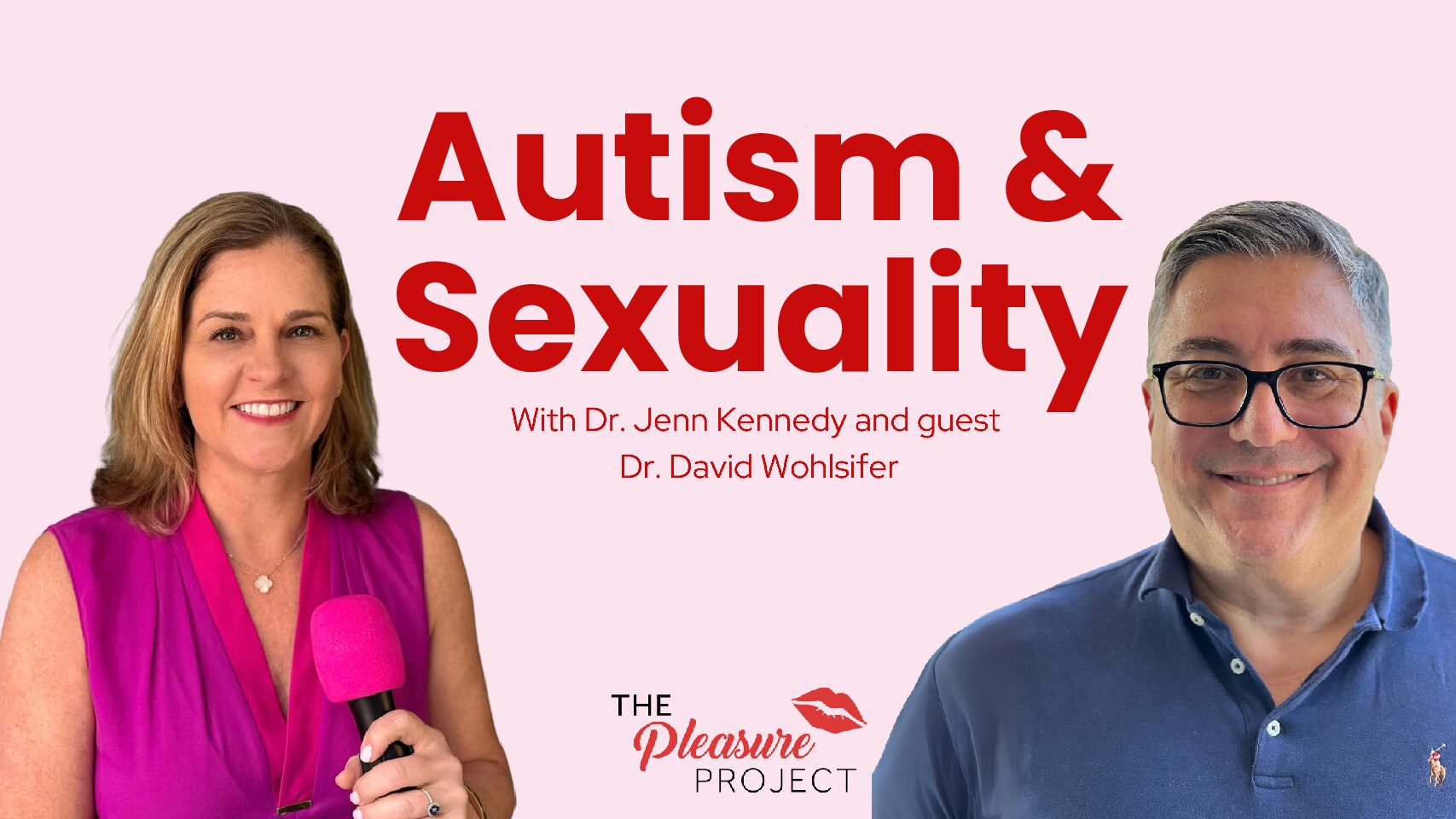Why Communication Matters for Intimacy You know those moments when you think, “If they really…

Attachment Strategies in the Bedroom…
There’s a long-standing joke that therapy starts with “tell me about your mother.”
While everything doesn’t come back to that single caregiver, much of our worldview does hinge on how we were raised and shown care. Unconscious expectations and perceptions are deeply rooted in not only what we were told, but also what was modeled for us in our first family.
These ideas could be subtle or explicit rules of conduct and beliefs about how the world operates. They certainly also include intimate relationships. Did your parents touch, express affection, make time for themselves apart from the kids? Did they say affirmative things about bodies (theirs, yours), about one another, and did they demonstrate their love? This is the beginning of how we conceptualize what love means, and how it feels in the everyday with another.
Check your sexual attachment style here.
Families teach us how to socialize, how to resolve conflict, how to express needs — or let us know if that is even an option. Attachment is a core concept that is largely informed by original caregivers. British psychiatrist John Bowlby theorized the attachment system (how parents cared for us) performed in very young life is the basis of one’s internal working models of close relationships. He noted that when a person’s main caregiver is responsive and consistent, the person will more likely feel safe and secure in various types of relationships in later life. Bowlby believed that attachment security not only engenders a positive self-image and facilitates the development of mutually satisfying relationships, but also allows the individual to explore and pursue non-attachment activities, such as s*x.
Attachment styles (secure or insecure) influence sexual strategies. A securely attached partner meets your bids for attention and interaction. They can tolerate your upset and not feel like they have to rescue you from feelings. S*xually, they can say what they like and are willing to both give and receive pleasure. They own their body and their choices and feel comfortable being seen and touched.

Secure
Securely attached individuals, with positive internal representations of self and other, are more likely to lower their defenses and experience positive feelings toward sex. Securely attached partners will ask for what they need and feel comfortable declining things they do not. This likely feels foreign and seemingly impossible to those who are more insecurely attached (avoidant or anxious), but with practice, this muscle strengthens and the whole system becomes healthier. As a securely attached partner, you have a good connection between your mind and body, which gives signals of “yes, please” or “no, thank you.” You are a curious, responsive, generous lover who enjoys the journey and the “destination.”
Anxious
Those who are anxiously attached are more likely to sexualize wants or needs, but simultaneously experience aversive feelings as well as the desire for intimacy and closeness. This can translate into wanting to initiate or participate in sexual contact, but also feeling fear and loud chatter about all the things that could go wrong. Those who are anxiously attached may also tend to overly accommodate their partner—sometimes sidelining their own needs and wants in order to keep the peace or keep the relationship. They may feel self-conscious or preoccupied about how they look, smell, taste or sound during s*xual play. They want to just let go, but they struggle to stop spectatoring. These partners like the attention and really benefit from post s*x cuddling.
Avoidant (dismissive or fearful)
Avoidantly attached individuals tend toward deep ambivalence and ignore threats to the relationship (conflict conversations or jealousy about others), which leads to feeling inhibited, and thus limiting desire. If they don’t feel known, it’s harder to feel close and thus, to be vulnerable in a way that good s*x requires. They don’t easily tap into the spontaneous or playful, nor do they feel comfort with intense, erotic moments of lust and sustained eye contact. Avoidant partners are likely to masturbate (inherently solo and not psychologically demanding like partnered s*x) and/or pursue casual s*x because it requires less from them emotionally. They are less likely to want the deep, meandering conversations in advance or luxuriating pillow talk after coital connection.
Dismissive avoidance looks more like rugged independence—including avoiding intimacy, close relationships and vulnerability. They seem to be armored up and inaccessible. They cannot tolerate inconsistent communication and will feel discomfort when their partner communicates negative emotions. Fearful avoidance folks both want and fear closeness so they often send mixed messages and potentially run from close situations due to overwhelm. This dynamic feels confusing for their partner.
Your attachment style, and subsequent strategy is likely a reflection of how this original parenting occurred.
The good news is that it can get better (move toward secure) as you build awareness and choose healthier options. It can also become more secure if you partner with someone securely attached who can, over time, heal your wounding with appropriate boundaries and receptivity to your needs. Building awareness of where you started helps give you options on where you want to go in future. It might also give you valuable insight about how you limit yourself intimately.
If you are wanting to strengthen your attachment, reach out for therapy or consider joining my next Pleasure Circle.
 Ready to unpack your own relationship to sex? Contact Dr. Jenn for therapy. Or you might also consider joining the next Pleasure Circle. You can find out more at my website: Pleasure Project or tune into the Pleasure Project podcast for volumes of free, rich content about women’s pleasure journey.
Ready to unpack your own relationship to sex? Contact Dr. Jenn for therapy. Or you might also consider joining the next Pleasure Circle. You can find out more at my website: Pleasure Project or tune into the Pleasure Project podcast for volumes of free, rich content about women’s pleasure journey.
Are you ready to join the conversation? Do you have topics you’d like to hear more about? Send Dr. Jenn Kennedy an email with questions and she may address it in a future newsletter or the Pleasure Project Podcast.




This Post Has 0 Comments